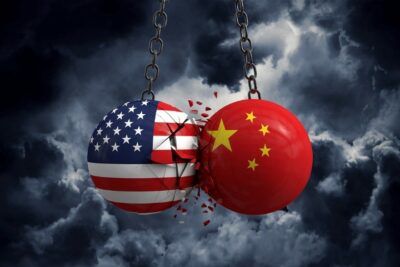The majority of US businesses have felt increased pressure since the imposition of the Section 301 tariffs. Companies have been forced to find ways to mitigate the impact of the tariff through reclassification, tariff engineering, or re-sourcing outside of China. The following breakdown explains the history of each “List” as well as the current status of the Section 301 tariffs:
List 1
The first set of tariffs included a 25% tariff on $34 Billion worth of Chinese goods. Based on public comment, the USTR released an exclusion process which gave interested parties an opportunity to present their case to the USTR in hopes that their product(s) would be exempt from the Chinese tariffs. As a result of the first exclusion process, 726 exclusions were granted covering over 3,500 total requests. However, because the List 1 exclusions are only valid for one year, the USTR recently opened a comment period for companies to request a one-year extension for approved exclusions (from the December 28th Notice). The USTR will decide if an extension is warranted on a case-by-case basis, reviewing any changes in a company’s global supply chain as well as whether the tariff would cause severe economic harm to the business. This review is currently pending as the comment period closed on November 30, 2019. In addition, it is likely the USTR will release additional extension processes for other granted exclusions but has not done so at this time.
List 2
The second set of tariffs went into effect on August 23, 2018, and included a 25% tariff on $16 Billion worth of Chinese goods. The USTR established a similar exclusion process for List 2 which led to 269 exclusions being approved. The USTR has not released an extension process for these approved exclusions at this time.
List 3
The third set of tariffs went into effect on September 24, 2018, and included a 10% tariff on $200 Billion worth of Chinese goods. However, on May 10, 2019, the tariff was increased to 25%. The USTR released a similar exclusion process for List 3 which has resulted in approximately 200 granted exclusions so far. Because the List 3 exclusion process only recently closed on September 30, 2019, the USTR has not reviewed the majority of requests. Any granted exclusion from List 3 will be retroactive to September 24, 2018, and will expire August 7, 2020. This expiration date is different from List 1 and List 2 as those were specifically for one-year from the date of publication in the Federal Register Notice (FR Notice).
List 4A and 4B
The List 4A tariffs went into effect on September 1, 2019, and included a 15% tariff. However, after President Trump announced a phase-one trade deal with China had been reached, it is anticipated that the 15% tariff will be reduced to 7.5%. According to U.S. Trade Representative Robert Lighthizer, the reduction will take effect 30 days after the phase-one deal is finalized. An official FR Notice confirming the change is expected to be released on December 18, 2019. That being said, interested parties can still file for exclusions for List 4A products until January 31, 2020. The exclusion process is similar to the other Section 301 lists with a few additional questions.
The List 4B tariffs were scheduled to go into effect on December 15th, but are expected to be completely removed after the announcement of the phase-one trade deal. This announcement is also expected to be included in the official FR Notice.
For any additional inquiries, or if you would like to discuss filing List 4A exclusion requests in more detail, please contact Brandon French at brandon@braumillerlaw.com.























